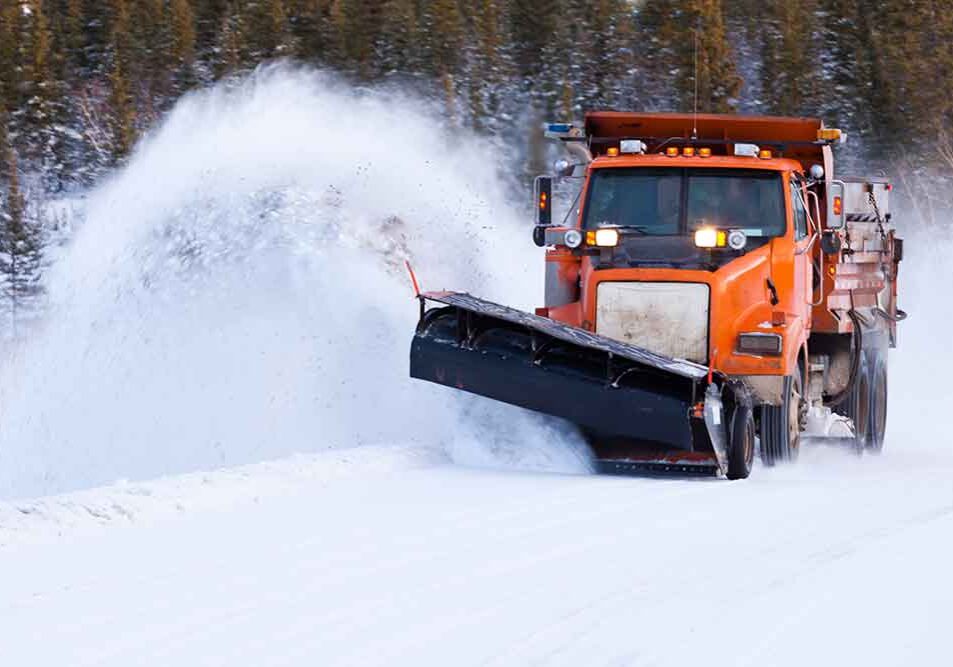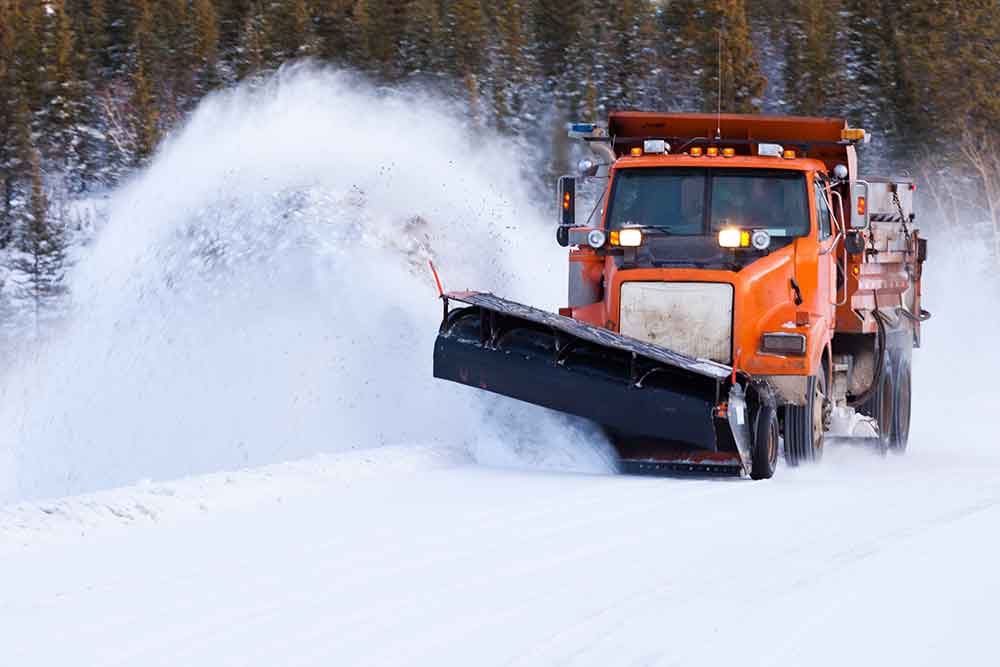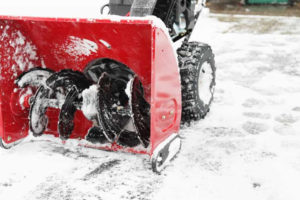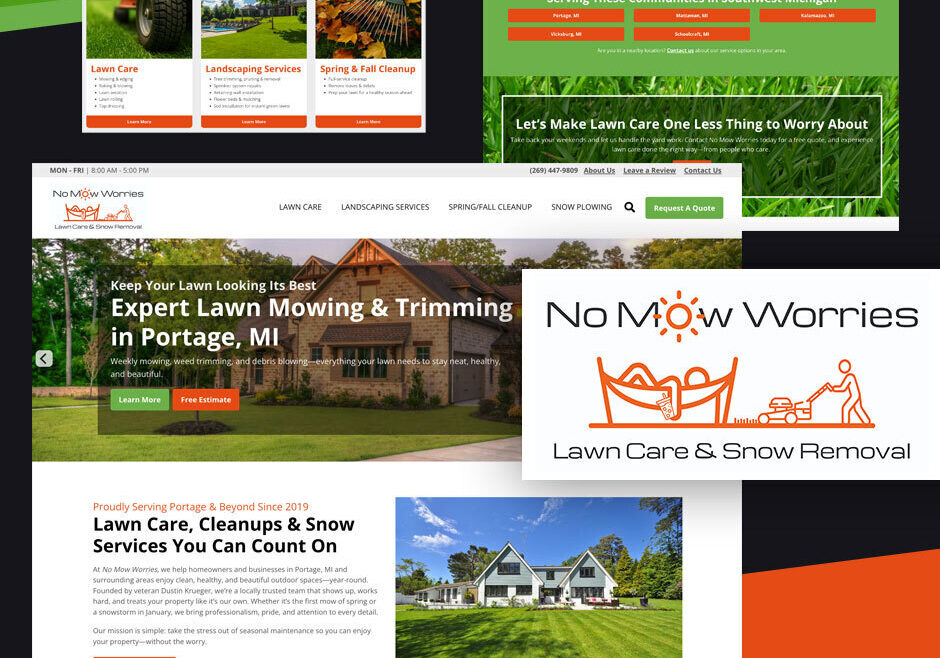Preparing Your Snow Removal Equipment for the Winter Season

Many field-based businesses, like landscapers, work seasonally. When winter hits, there’s an entire season where landscaping, lawn care, and construction sites sit waiting for the thaw. Snow removal is an option to keep business flowing year-round.
Juggling seasonal jobs means your snow removal equipment likely isn’t getting any use in the off-season. Especially because most snowy states only experience winter weather for 2 to 4 months, depending on climate.
So, what can you do as a snow removal company to prepare for the impending winter season as fall rolls to a close? Here are some tips from Arborgold to get prepared for the frosty weather.
Inspect Your Equipment for Damage
Many snow removal tools get placed in storage over the winter while others see some use minus their snow attachments. Some examples of tools you might use year-round include:
- Bobcat equipment and other compact tractors, loaders and excavators
- Trucks that double as plows during winter weather
- Construction vehicles and pushing blades
- Spreaders
Equipment you probably only use during the winter includes:
- Snowblowers
- Plow attachments (rear blade, snow bucket, snow pusher, angle blade, v-blade, scraper)
While equipment you use year-round is likely in good working order, anything attachments, or seasonal tools should be thoroughly inspected for damage.
To ensure all parts and pieces are in working order:
- Attach each scraper, blade, and bucket to make sure there’s no issue during connection.
- Inspect for dents, cracks, or other issues which may cause breakage during a job.
- Flip skid shoes on snow blower.
- Check the oil levels and change oil if necessary.
- Examine belts and replace if needed.
- Check tire pressure on any vehicles, even ones used during spring and summer work.
- Start machines to ensure everything turns on and sounds the way it should.
Clean and Repair
With inspections out of the way, It’s time to focus on cleaning and repairing any damage. It’s important to clean snow removal tools directly after the winter season, especially because of the salt used, which may corrode your metal equipment while in storage.
However, these pieces may need another cleaning before they hit the road. Wipe each tool down, oil your equipment if necessary, and reapply protective winter coatings to products that need them.
Some maintenance steps to consider as you begin repairs include:
- Replacing spark plugs
- Spraying discharge shoot on snowblower
- Replacing batteries if necessary
- Coating undercarriage to protect against salt damage
- Changing tires on seasonal vehicles to prepare for winter
Fall is the best time to make these changes and repairs because it gives you a window of time to order new parts where needed.
Engine Maintenance
The engine is the heart of any big machine, and in some cases can be more expensive to replace than the equipment itself. Checking your engine early goes a long way to keeping your snow removal gear functioning on the road. Inspect areas such as:
- Lubrication
- Fuel quality for cold temperatures
- Engine oil
- Air filtration
- Diesel exhaust fluid
- Fuel filter
You should also clean your gas tank cap and vent, removing debris and sediment. Get your engine running and listen to any strange noises or smells.
Cooling System Protection
Your cooling and heating system are important when working in intense temperatures. Check your coolant levels and radiator to ensure things are in good working order and ready for the winter season.
You might think of coolant as something that keeps you cool in the summer, but it also helps keep your parts from freezing in the winter. Coolant also lubricates seals and protects your vehicle from corrosion, erosion, and cavitation.
Try to keep coolant concentrations to 50%, and don’t mix your coolants with other brands. Organic additive technology (OAT) coolant functions differently than standard coolants you find at the local tire shop.
Buy Supplies for Ongoing Work
Your equipment functions to remove snow in many ways. Some, like spreaders, require additional supplies to do their job. For companies maintaining residential and commercial properties, you will likely want to stock up for the entire season, to prevent shortages later when non-business users begin buying snow removal supplies.
Depending on where you live, you may need to stock up on:
- Road salt
- Sand
- Brine
You’ll also want to stock up on gas canisters and fill them for emergency situations where plows and other winter vehicles may run out of gas on the road.
It’s a good idea to fill the tanks of all your winter vehicles a few weeks before they begin cold weather duties.
While your team is likely to use snow blowers and plows to process most of the snow removal work, don’t forget shovels and emergency kits in your winter vehicles. If a plow operator gets stuck in a storm, a shovel may be needed to get moving again. If your staff are unable to get the plow back on the road, they may require an emergency kit to stay warm and call for help in a storm.
Use Dedicated Field-Based Business Software to Stay on Track
Finally, using dedicated field-based business software can help you stay on track of all updates, inspections, and purchases you should make toward the end of the autumn season.
At Arborgold, we design software for businesses like yours. Assisting with everything from customer engagement to invoicing, to marketing content delivery, our software works behind the scenes for you, so you can focus on the big picture.
For winter preparation, Arborgold software can create reports of past seasonal product usage, helping you determine which equipment and tools you need on the road this year, and how much salt and brine to order for your current clients based on last year.
Business software will also help you market your winter services, sending out automated newsletters and emails with promotional offers or reminders of upcoming winter services.
Interested in learning more about Arborgold and our field-business software? We invite you to take the tour and see the difference our software can make for your team during the winter season and all year round.
Share this resource






